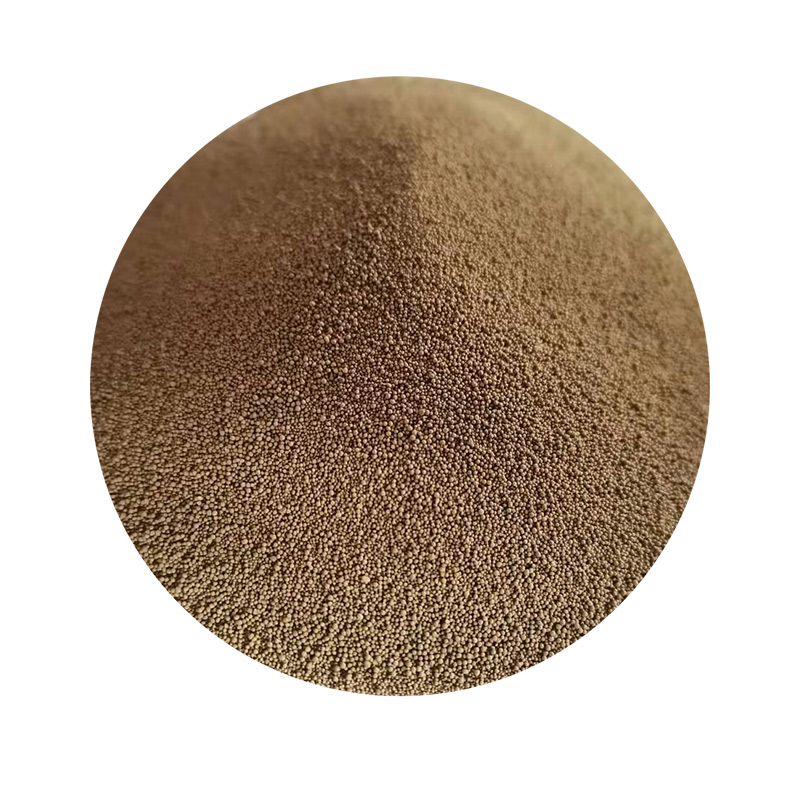Differences Between Sand Casting and Die Casting
Casting is a fundamental manufacturing process utilized in various industries to create intricate metal components. Among the different casting techniques, sand casting and die casting are two prominent methods, each with its unique advantages and applications.
1. Process Overview
Sand casting involves the use of sand as the primary material to form a mold. The pattern, usually made of metal or plastic, is buried in sand, which is then compacted around it to create a mold cavity. After the pattern is removed, molten metal is poured into the cavity, allowed to cool and solidify, and finally, the sand mold is broken away to reveal the finished part.
In contrast, die casting uses high-pressure to inject molten metal into a pre-made mold, typically made of steel. The process is characterized by its speed and precision, as the high pressure ensures that the molten metal fills the mold completely and solidifies rapidly, resulting in highly detailed and dimensionally accurate parts.
2. Material Compatibility
Another significant difference between the two methods is the types of materials they can utilize. Sand casting can accommodate a wide array of metals, including aluminum, bronze, and iron. This versatility makes it suitable for both ferrous and non-ferrous alloys.
Die casting, on the other hand, primarily works with non-ferrous metals, such as aluminum, zinc, and magnesium. These materials are favored for their lightweight characteristics and excellent mechanical properties, which are often essential in industries like automotive and aerospace.
difference between sand casting and die casting

3. Production Volume and Cost Efficiency
When it comes to production volume, there is a stark contrast between the two methods. Sand casting is typically preferred for low to medium production runs, especially when creating large or complex parts. It allows for greater flexibility in design modifications and is cost-effective for short production runs.
On the flip side, die casting is ideal for high-volume production due to its efficiency and speed. The initial investment for die casting molds can be high, but the cost per unit decreases significantly as production volume increases, making it an economical choice for mass production.
4. Surface Finish and Tolerance
In terms of surface finish and dimensional tolerance, die casting has the upper hand. The high pressure used in the die casting process results in a smoother finish and tighter tolerances compared to sand casting. This is crucial for applications requiring precise specifications.
Conversely, sand casting can result in a rougher surface finish and may necessitate additional machining processes to meet stringent tolerances.
Conclusion
In summary, both sand casting and die casting have their distinct advantages and are suited for different applications. Sand casting is more versatile and cost-effective for low-volume production, whereas die casting excels in high-volume manufacturing with its superior finish and accuracy. Understanding these differences is essential for engineers and manufacturers when selecting the appropriate casting method for their production needs.
Post time:Spa . 14, 2024 19:02
Next:3d printing sand
